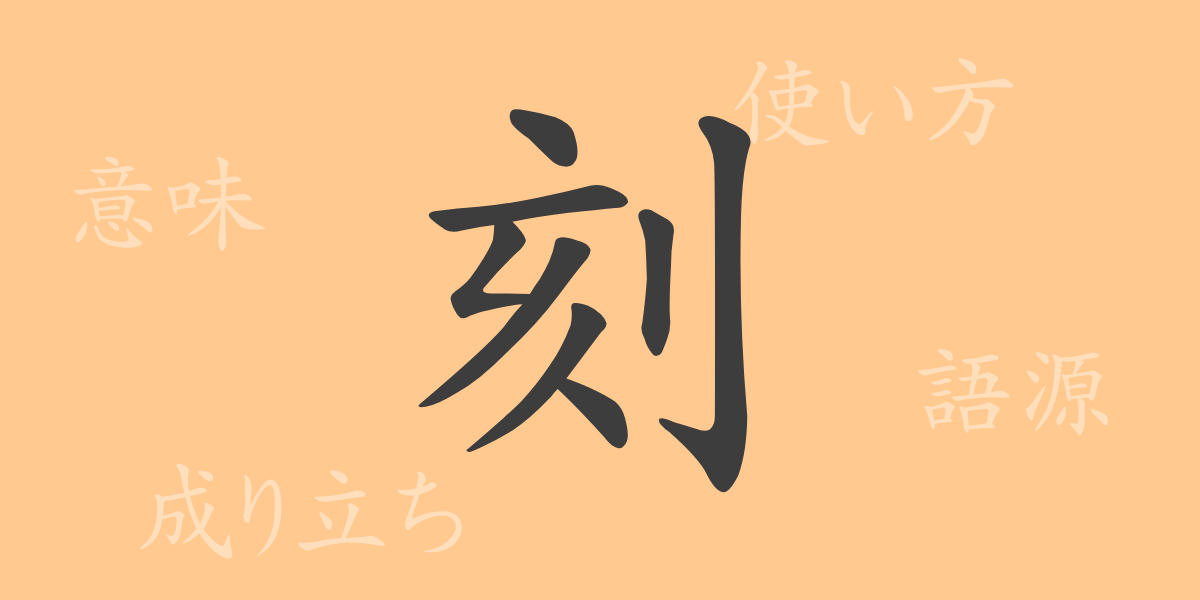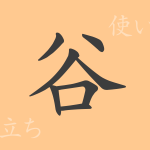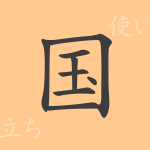The hands of a clock marking the passage of time, significant events etched in history, chopped vegetables used in cooking. The kanji “刻(きざ)む” is deeply rooted in our daily lives. This single character embodies numerous meanings and a rich history, symbolizing the beauty of Japanese culture and language. In this article, we will delve into the origins, usage, idiomatic expressions, and proverbs associated with “刻(きざ)む,” exploring the charm of this fascinating kanji.
Origins of 刻(きざ)む
The kanji “刻(きざ)む” is an ancient pictograph originating from China. Initially, it combined “亥(がい)” meaning “cut” and “戈(ほこ)” representing an axe, depicting the act of carving into wood or stone. Over time, its meaning expanded to include marking time, and today it is used in various contexts.
Meanings and Uses of 刻(きざ)む
The kanji “刻(きざ)む” has several meanings, including “to mark time,” “to leave a deep impression,” and “to finely chop.” As a unit of time, “一刻(いっこく)” refers to 15 minutes, dividing an hour into four parts. When used to describe emotions, it indicates leaving a lasting, unforgettable impression. In cooking, “刻む(きざむ)” means to finely chop ingredients like vegetables.
Readings, Stroke Count, and Radical of 刻(きざ)む
The kanji “刻(きざ)む” is widely used in Japanese, reflecting its rich meanings and forms.
- Readings: The on’yomi (音読み) is “コク,” and the kun’yomi (訓読み) is “きざ・む” or “きざ・み.”
- Stroke count: “刻(きざ)む” consists of 8 strokes.
- Radical: The radical for this kanji is 刀部(りっとう).
Idioms, Phrases, and Proverbs Using 刻(きざ)む
The kanji “刻(きざ)む” appears in many idioms, phrases, and proverbs in Japanese. For example, “一刻千金(いっこくせんきん)” expresses the high value of time, “刻苦(こっく)” denotes enduring hardships through persistent effort, “時を刻む(ときをきざむ)” signifies the passage of time, and “心に刻む(こころにきざむ)” means to remember something deeply and permanently.
Conclusion on 刻(きざ)む
The kanji “刻(きざ)む” represents physical notches, the concept of time, and the depth of emotions. In Japanese, this kanji is used in various contexts, conveying the depth of language. Each time we encounter “刻(きざ)む)” in daily life, it reminds us of its diverse meanings and background, enriching our appreciation for the intricacies of the Japanese language.

























